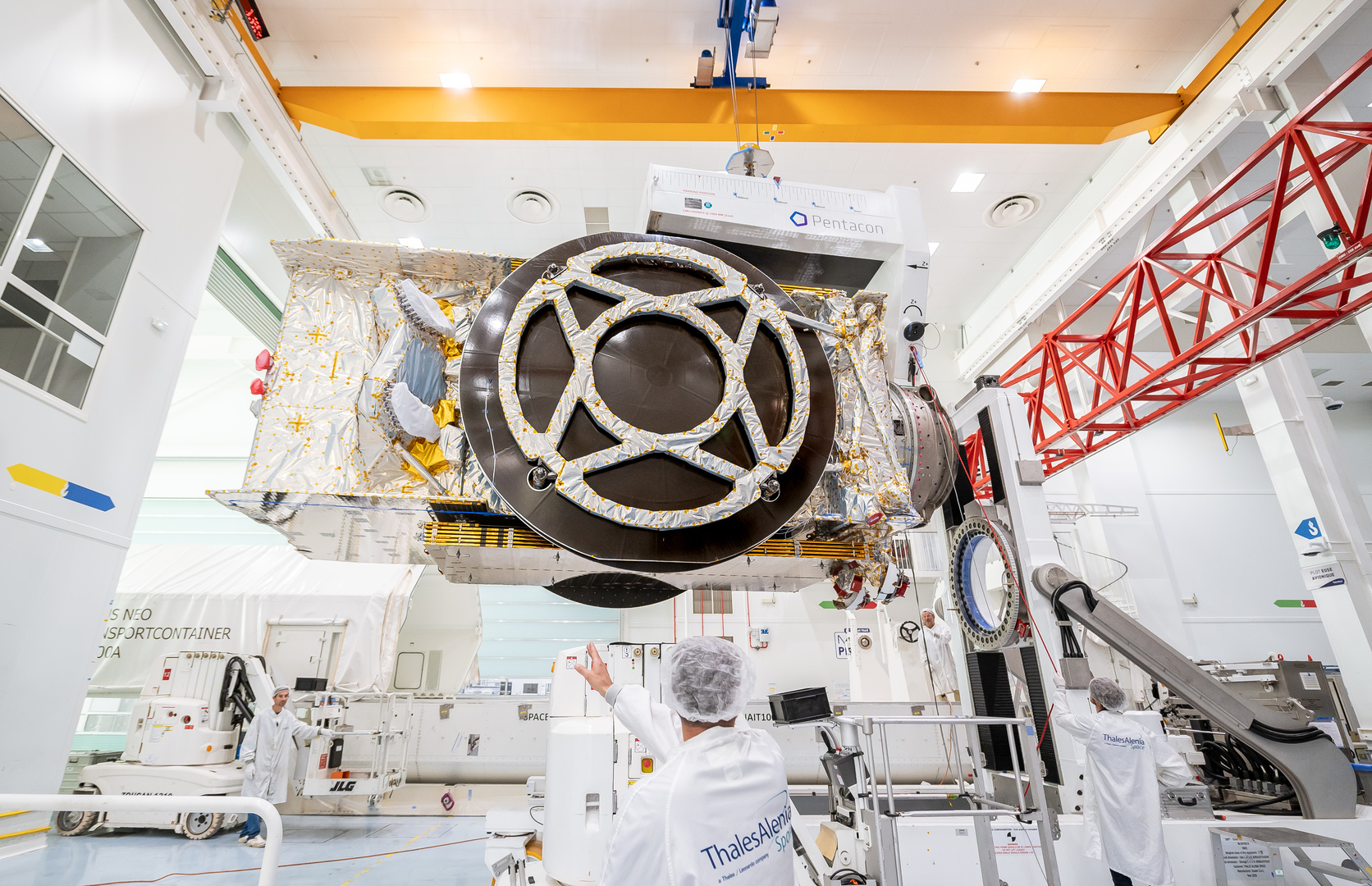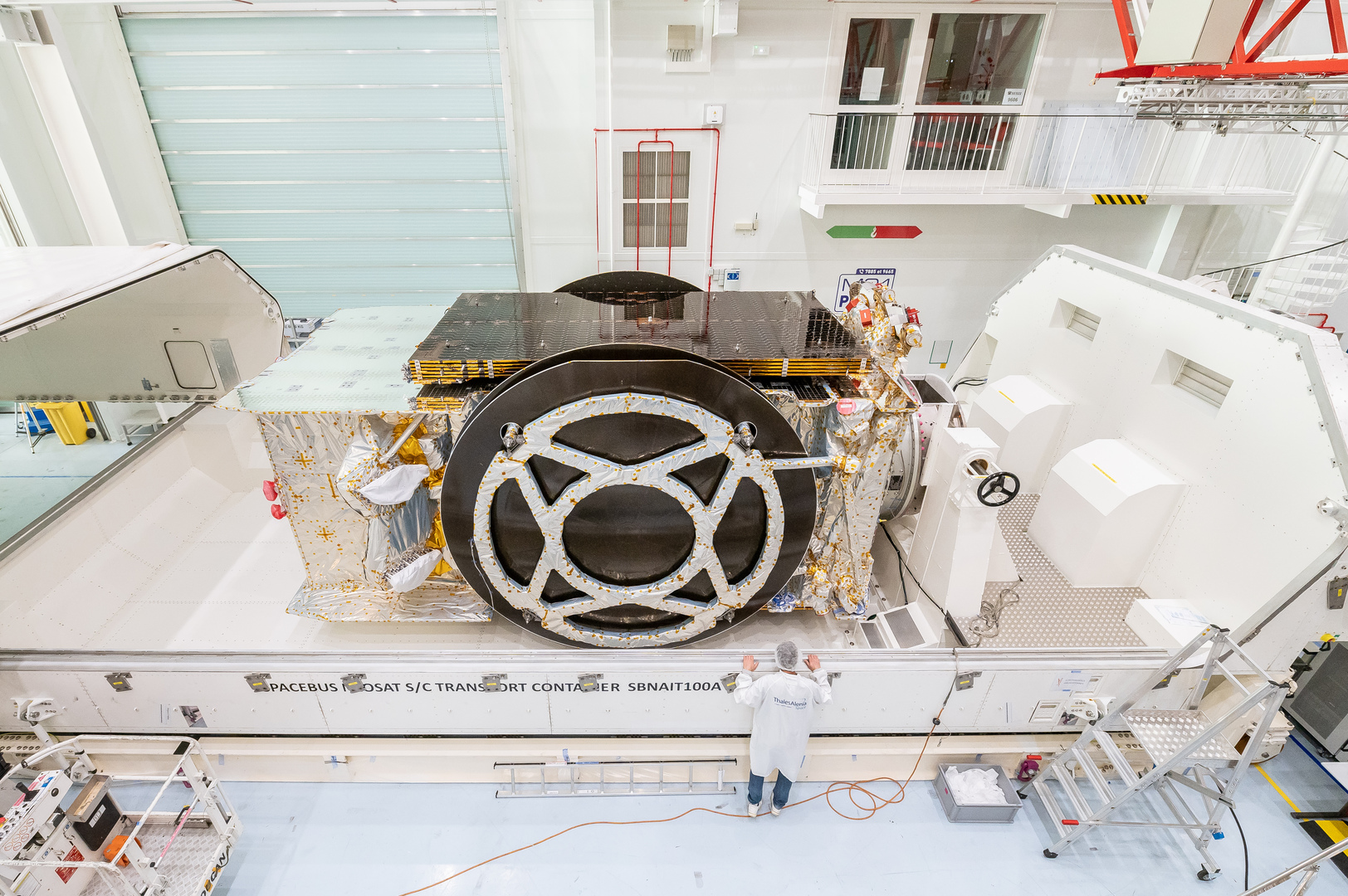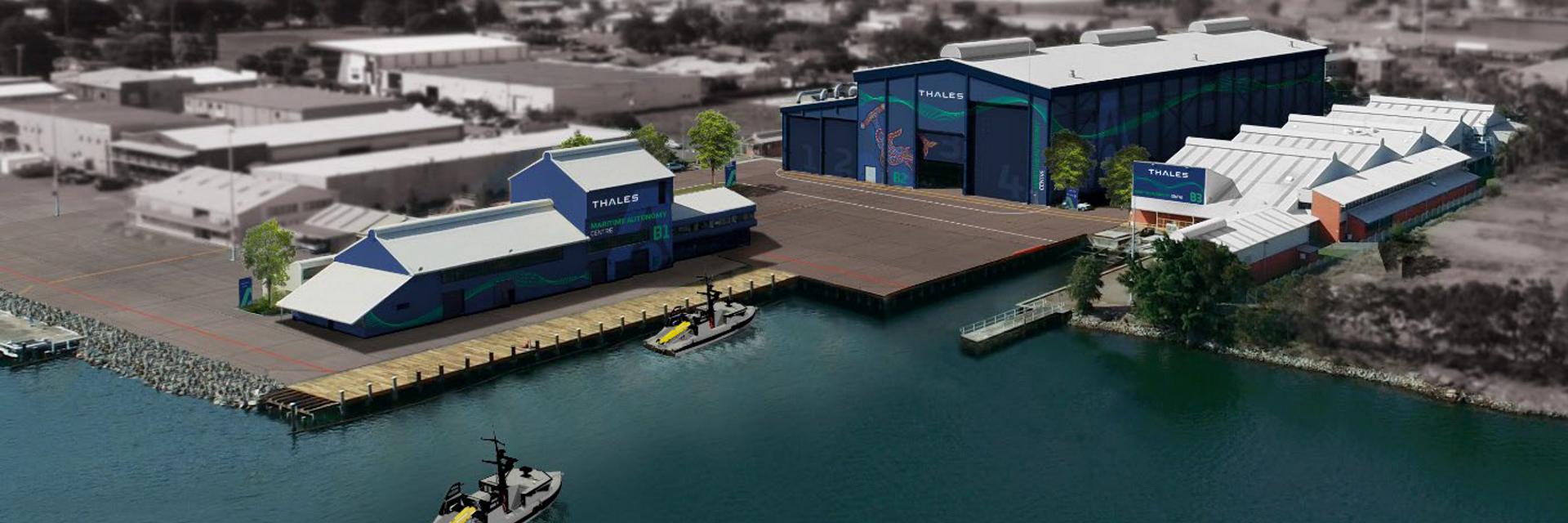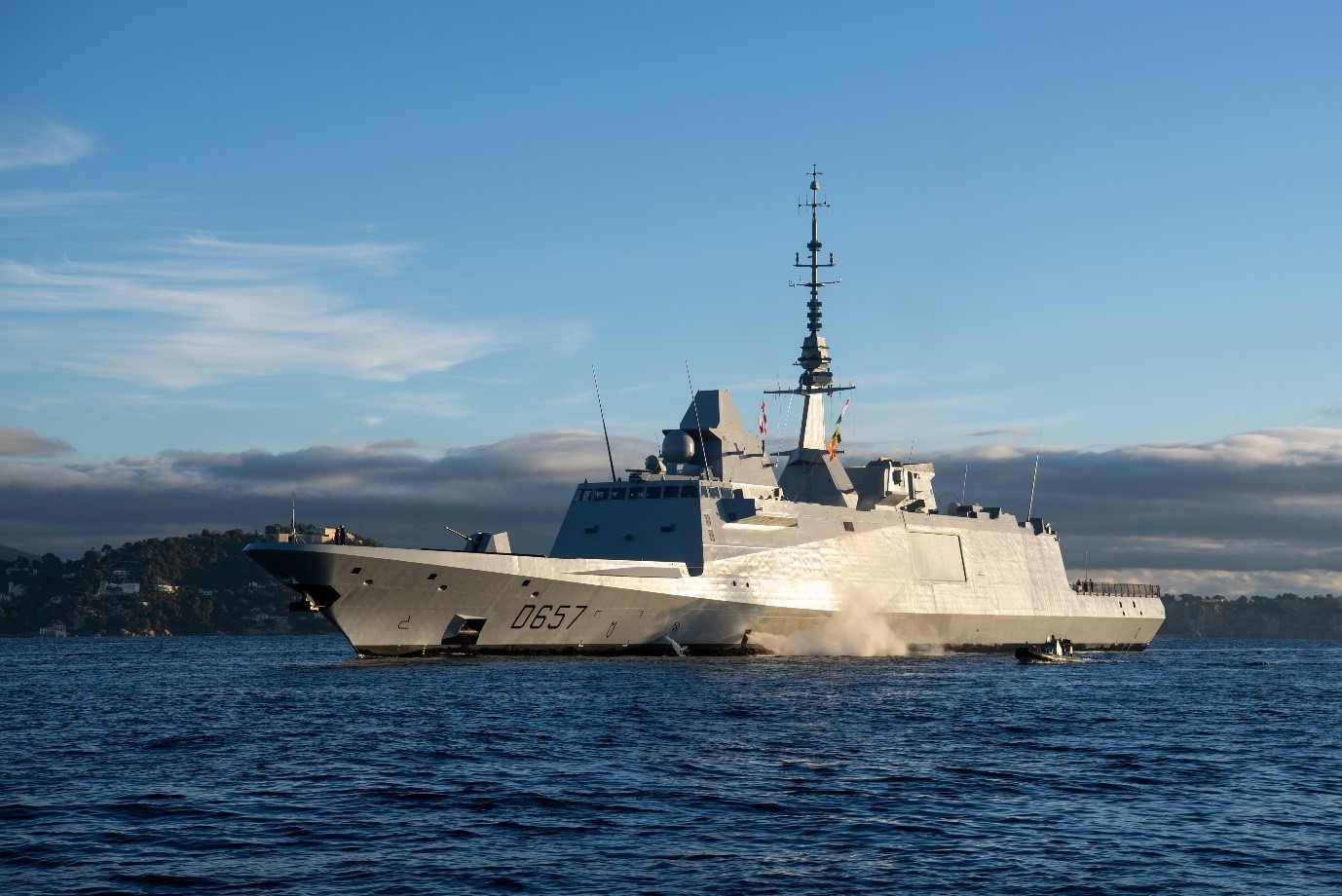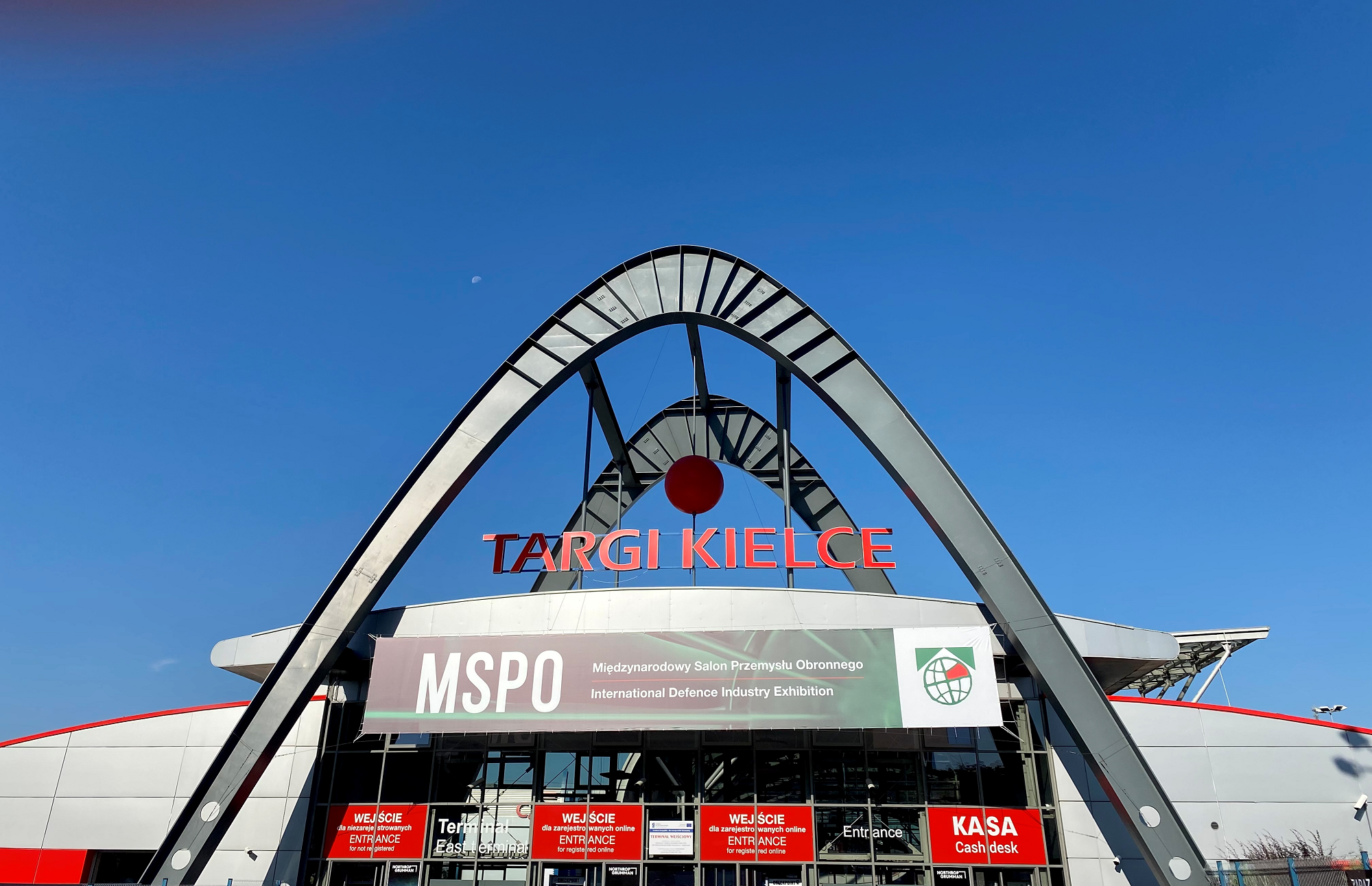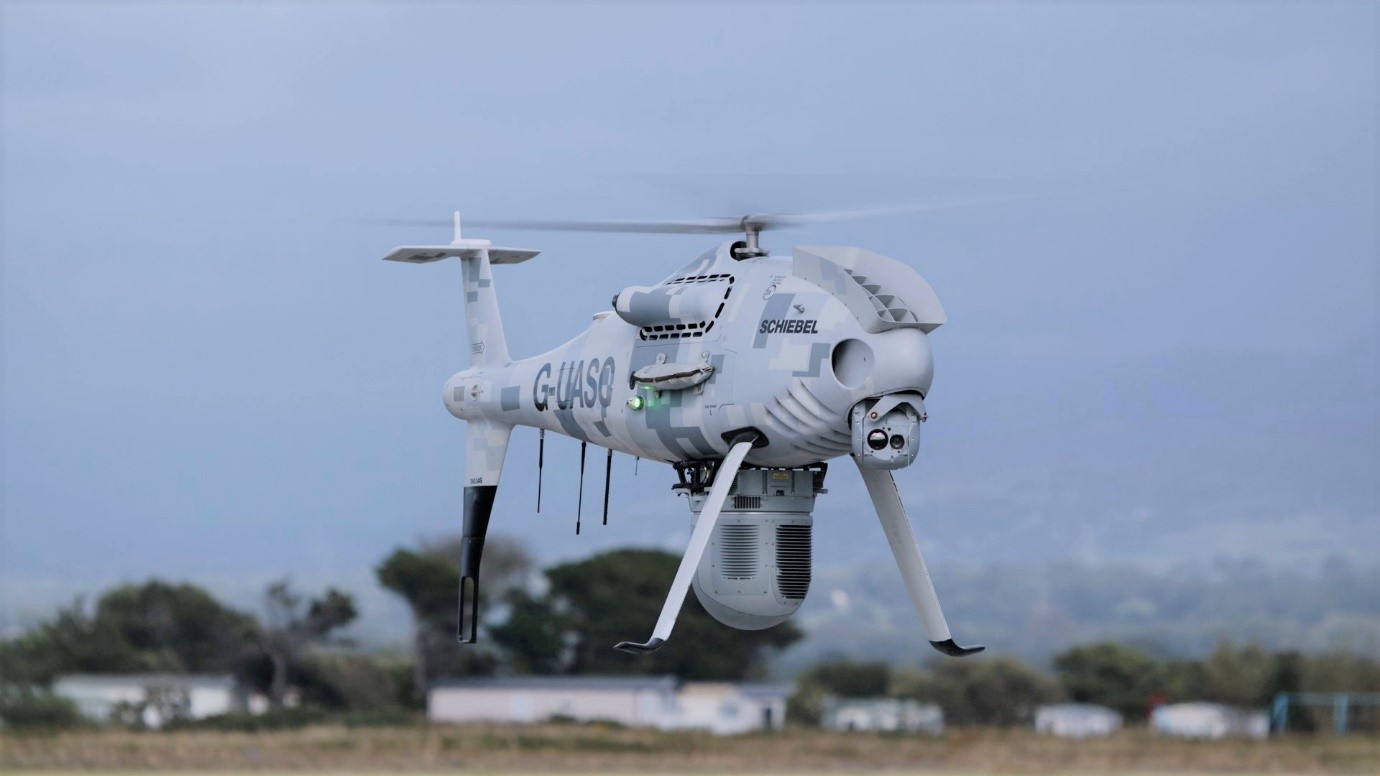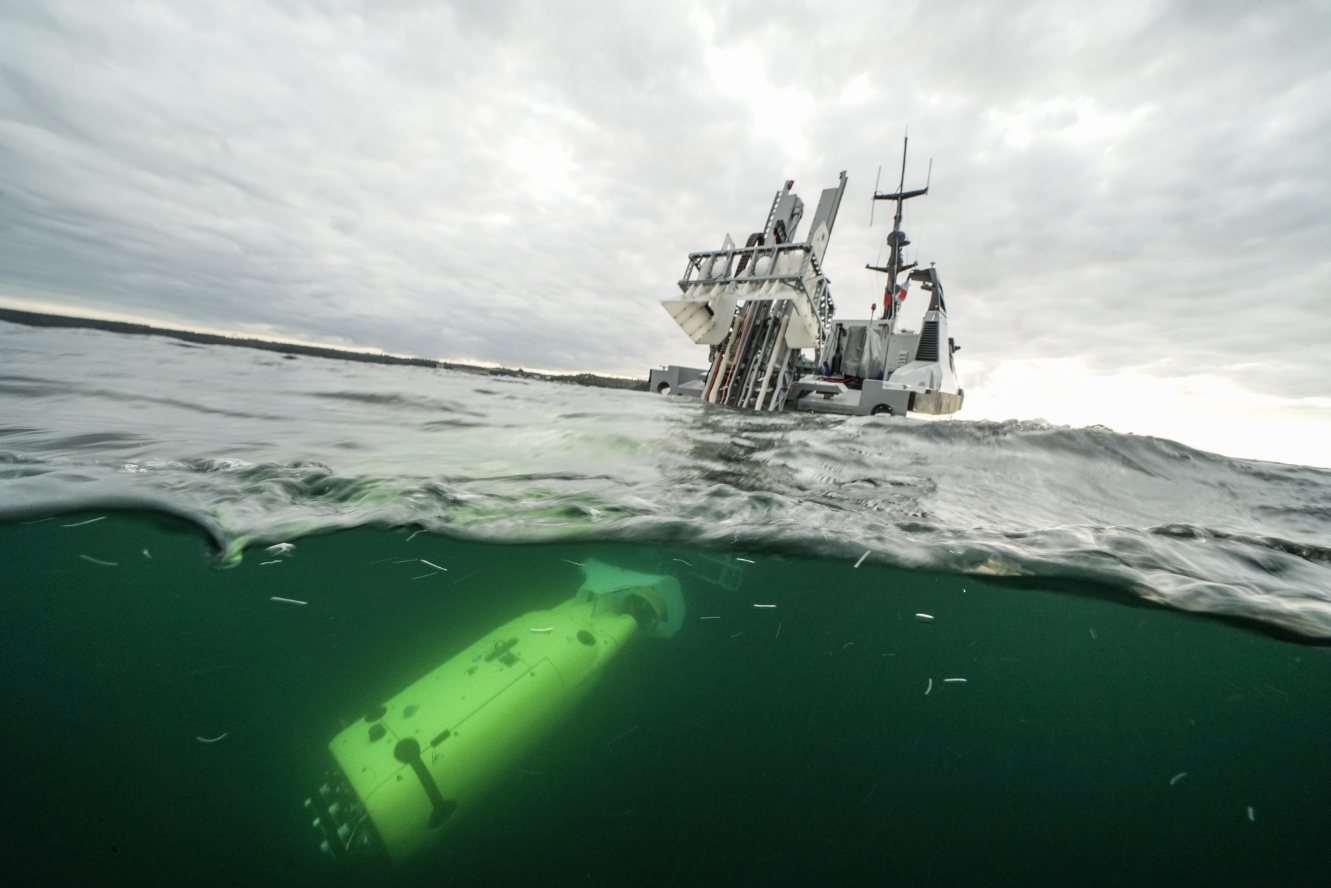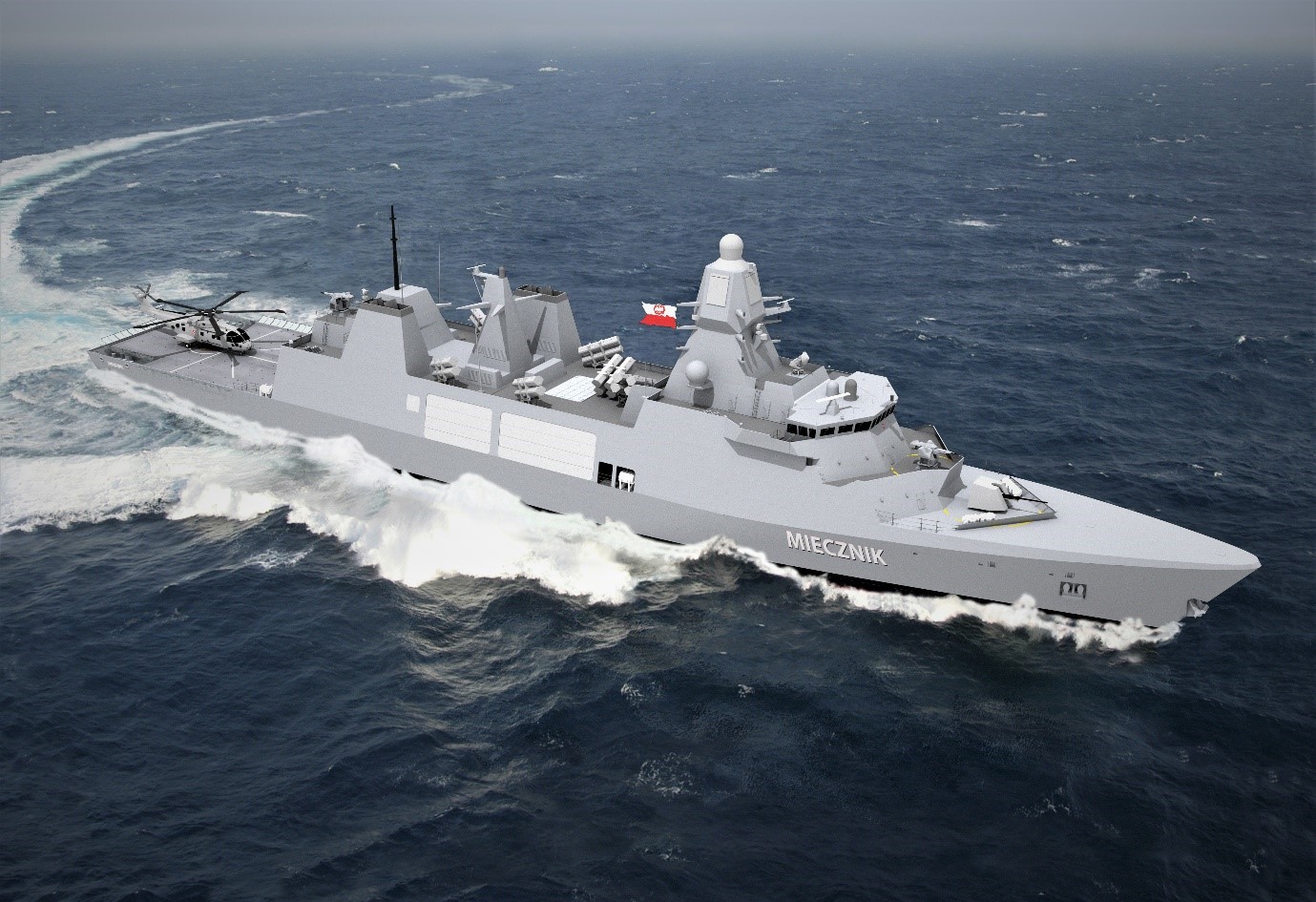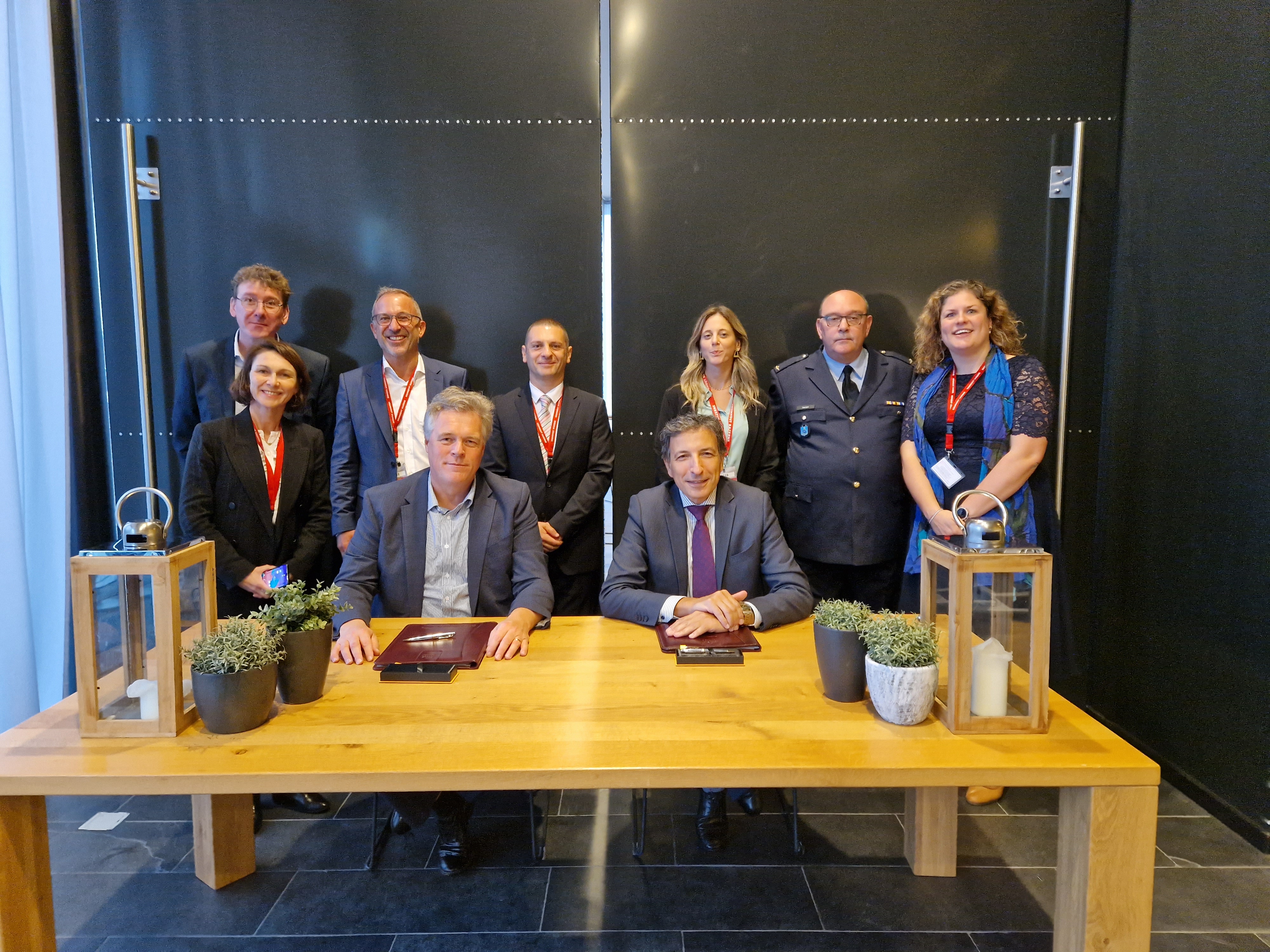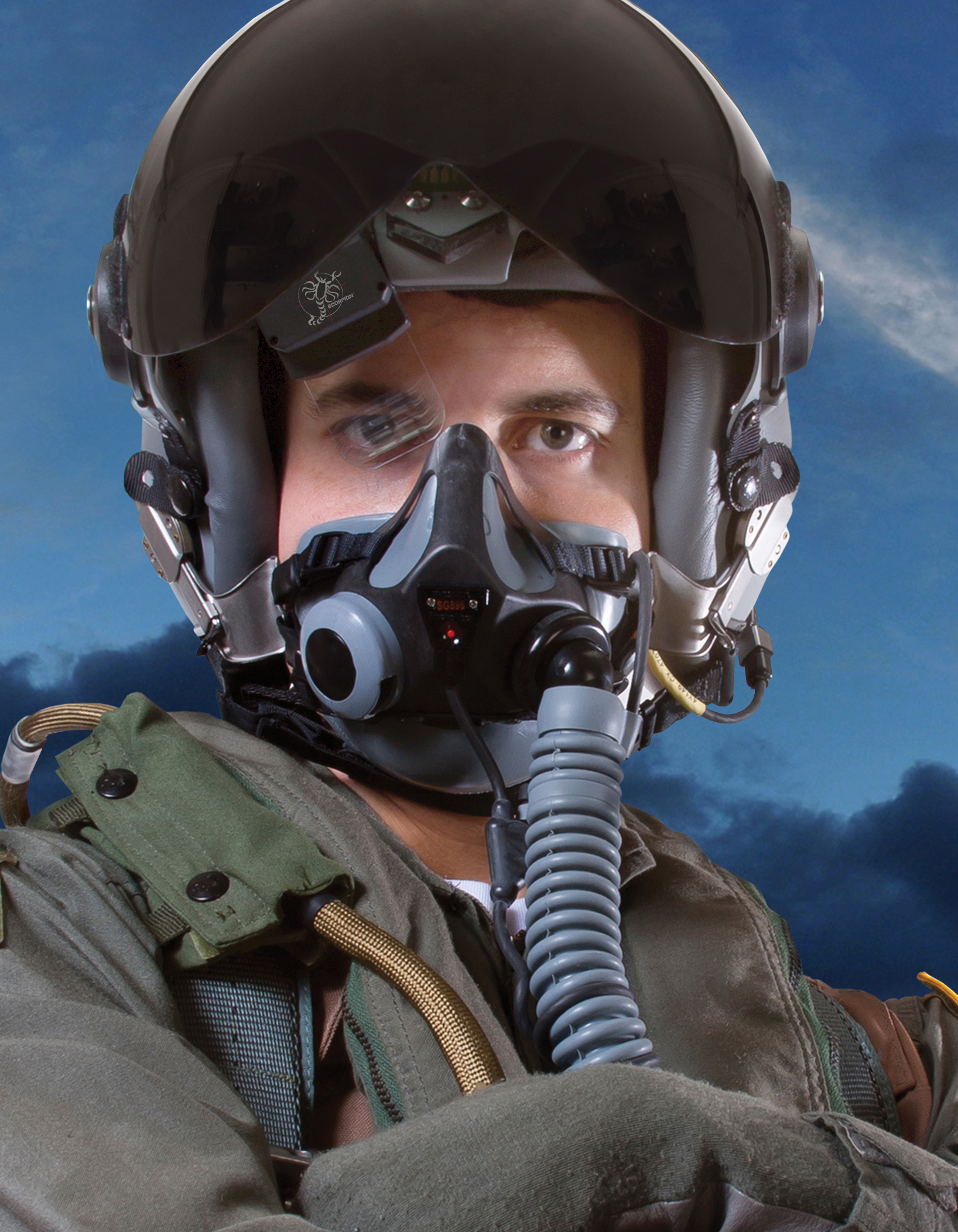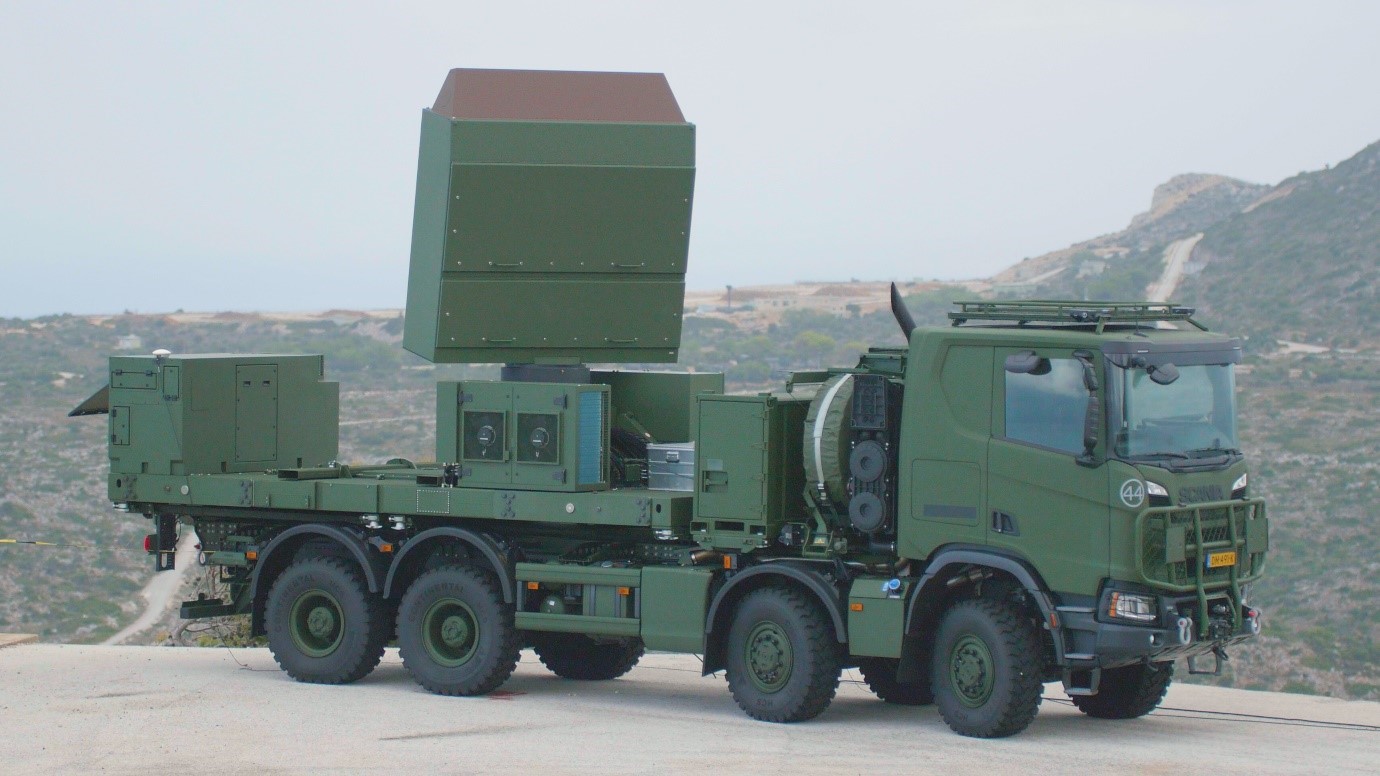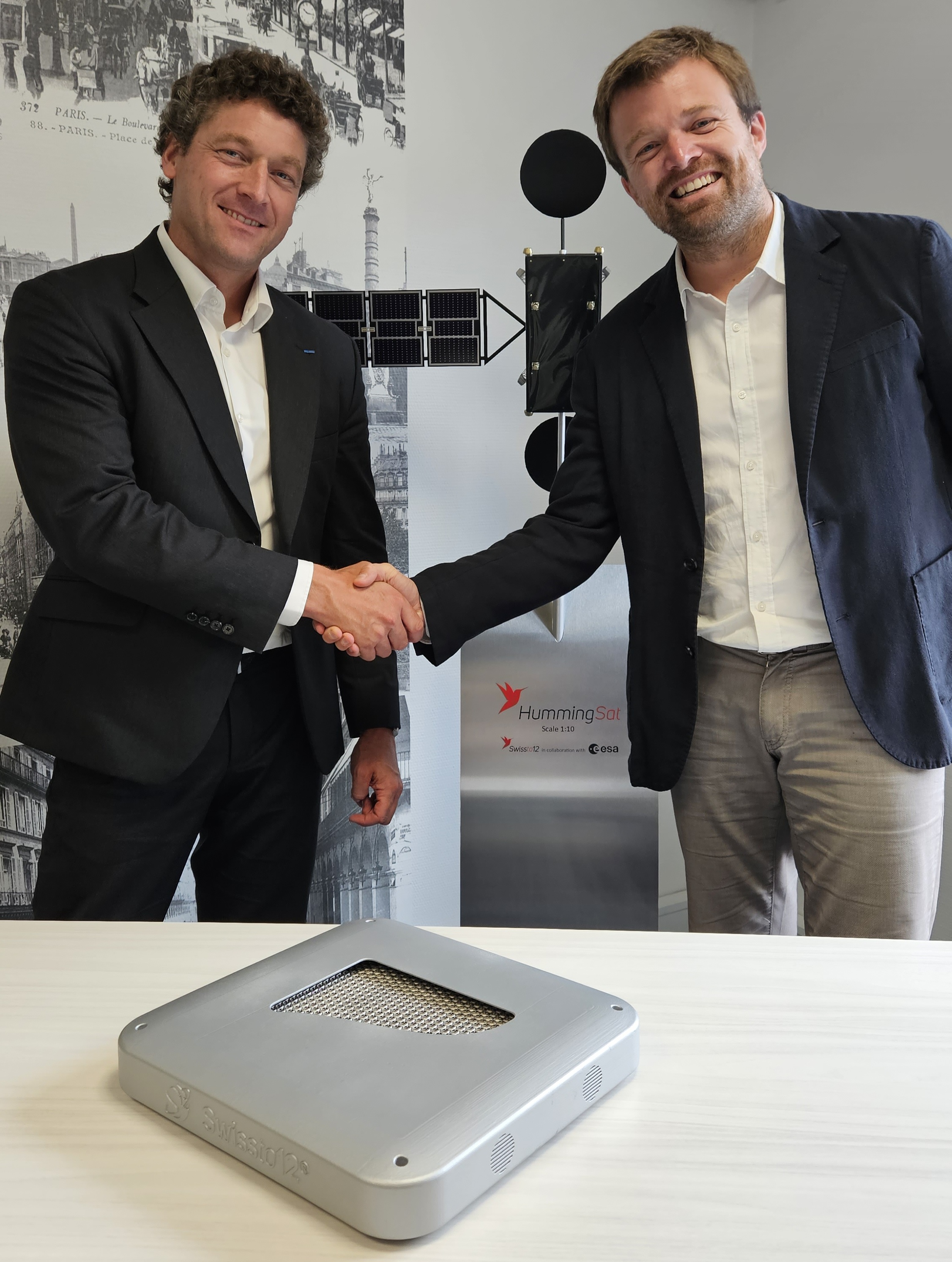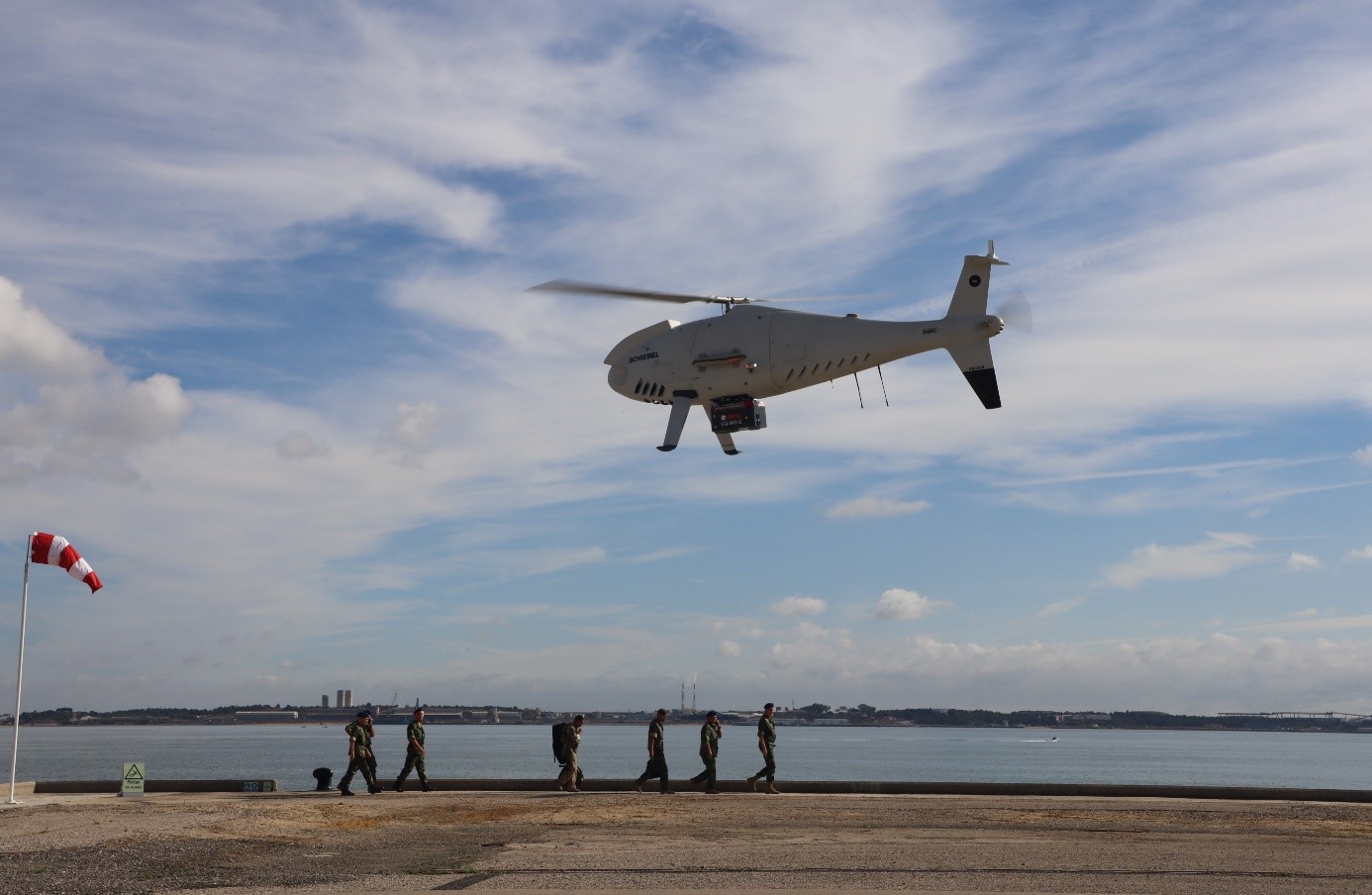THALES ALENIA SPACE UNVEILS PROJECT TO DEVELOP SPACE SMART FACTORY, ONE OF THE LARGEST FACILITIES OF ITS KIND IN EUROPE
At the Tecnopolo Tiburtino hub in Rome, Thales Alenia Space's all-digital factory will employ advanced technologies for the production of satellites
- The factory will be built thanks to an important investment by Thales Alenia Space and co-funded by the Italian Space Agency (ASI) through the National Recovery and Resilience Plan (PNRR) funds
- It will make intensive use of digital and Industry 4.0 technologies
- The factory will feature the Space JOINTLAB, an innovative and collaborative space with SMEs and research centers
- Total surface area 21,000 sq.m, 5,000 sq.m of reconfigurable clean rooms, 1,900 sq.m of office space and co-working areas, 1,800 sq.m of technical support areas
Rome, November 9, 2023 – Today, at the Tecnopolo Tiburtino in Rome, Thales Alenia Space, a joint venture between Thales (67%) and Leonardo (33%), unveiled its project to build the Space Smart Factory, one of the largest digital and reconfigurable facilities of its kind in Europe. The facility will form part of a system of interconnected space factories in Italy, employing advanced technologies to build satellites of different sizes for various fields and applications.
Over €100 million is being invested in the
Space Smart Factory, including funding from the Italian Space Agency (ASI) through the PNRR.
This new state-of-the-art facility will be located at Rome's technology hub, the Tecnopolo Tiburtino, which already houses 150 companies, mostly small and medium enterprises. Designed by EOS S.r.l., the factory will be built by CBRE | Hitrac, a global leader in critical infrastructure technologies and services spanning the full lifecycle of advanced technology systems.
Leonardo Global Solutions (LGS) provided support for the real-estate transaction, ranging from the purchase of the land and management of invitations to tender to the construction process, which is currently underway.
Site preparation and pre-fabrication planning began at the end of September with the aim of being operational by mid-2025.
The Space Smart Factory will employ automation and digital processes to offer high production capacity for advanced satellites, both in the microsatellite and small satellite sector, including the PLATiNO and Nimbus satellite families, and for quick turnaround of innovative, modular, high-performance platforms for high-revisit constellations.
Featuring state-of-the-art digital technologies, the Space Smart Factory can be reconfigured to suit different production requirements. It will be equipped with highly versatile and flexible clean rooms to support integration and testing of a wide range of satellites of different type and purpose such as Earth-Observation, Navigation, and Communications. It will be a true digital hub using advanced technologies at all stages of satellite construction, i.e. design, assembly, integration and testing, including numerical modeling and Digital Twin, virtual and augmented reality technologies, and simulators integrated with the supply chain and automation (robots and cobots).
"I am particularly proud of the cutting-edge project unveiled today, one of the most sophisticated in the world for the production of space assets" commented Massimo Comparini, Thales Alenia Space Deputy CEO and Thales Alenia Space Italia CEO. "Based in Rome but connected with other facilities in Italy, an advanced space production system integrating the latest digital technologies will be built to support the high production rates required for the constellations of both the present and the future, while shortening time-to-market. This system will boost Italian and European space competitiveness, representing a paradigm shift for Thales Alenia Space, both in terms of savings and technological efficiency. It will be a unique infrastructure on the Italian landscape, available as a service to the national and non–national supply chain and to small and medium enterprises, thereby strengthening the country’s ability to address the challenges of the space economy.”

Another key element will be the Space JOINTLAB, a dynamic and innovative collaborative area designed to accommodate a multitude of functions geared toward the education and training of the new space professionals, as well as the development of innovative ideas and products, in partnership with R&D institutions, universities, startups, suppliers, SMEs, and other national and local industry partners.
The project is underpinned by sustainable architecture, especially energy saving, including extensive use of renewable energy.
The Space Smart Factory leverages Thales Alenia Space’s proven strengths as a European leader in government and commercial space projects – like the Galileo Second Generation constellation, the new ROSE-L and CIMR satellites for the Copernicus program, and the IRIDE constellation – as well as the best and brightest from academic centers like Polytechnic University of Milan, Sapienza University of Rome and world-class global organizations like Accenture, a leader in digital and process innovation for the aerospace sector.
At the Tecnopolo Tiburtino hub in Rome, Thales Alenia Space's all-digital factory will employ advanced technologies for the production of satellites The factory will be built thanks to an important investment by Thales Alenia Space and co-funded by the Ital...

www.thalesgroup.com

 www.thalesgroup.com
www.thalesgroup.com






